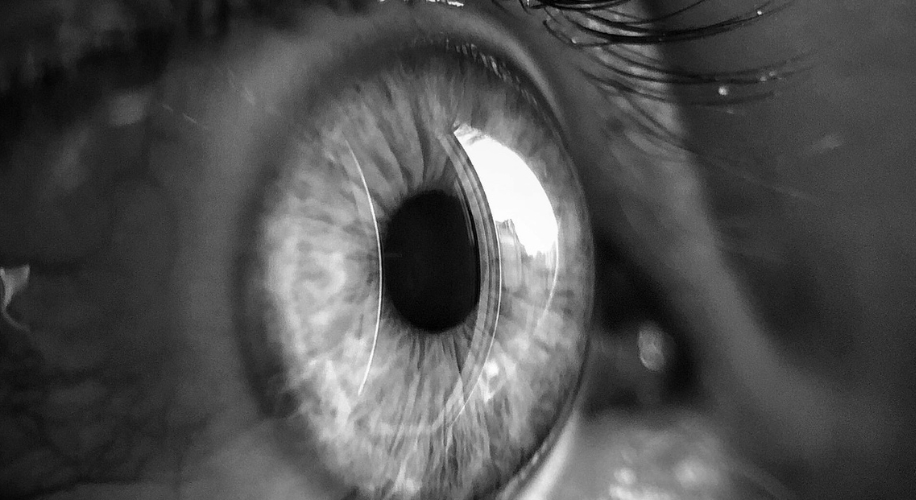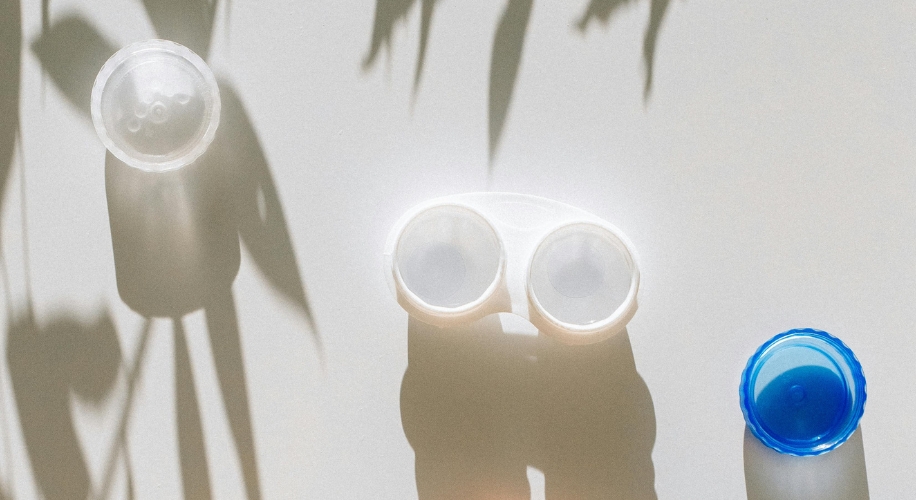Understanding Orthokeratology Contact Lenses: How They Work
- BY Dr. Sophia Moh
- IN Contact Lenses
Orthokeratology, commonly referred to as ortho-k, is a non-surgical treatment option for vision correction that involves the use of specially designed contact lenses. These lenses are worn overnight to temporarily reshape the cornea, resulting in clearer vision during the day without the need for glasses or daytime contact lenses. Think of these like teeth retainers, but for the eye. In this blog post, we’ll delve into the mechanics of orthokeratology contact lenses and explore why they are used for vision correction and myopia control.

Photo from Pexels by enfantnocta
How Orthokeratology Lenses Work
Orthokeratology contact lenses are made from a gas-permeable material and are designed to gently reshape the cornea, or the clear front surface in your eye, while you sleep. The lenses apply gentle pressure to the central part of your cornea, causing the cornea to flatten slightly and reshape to correct myopia (nearsightedness). For those who use ortho-k for hyperopia, the lens gently steepens or lifts the central cornea to correct farsightedness.
Orthokeratology lenses are worn overnight and removed upon waking, providing clear vision throughout the day. During the night, the lenses work to redistribute the epithelial cells of the cornea, allowing for temporary changes in corneal curvature. By morning, the cornea retains the new shape, resulting in improved vision without the need for corrective lenses during waking hours. If the lenses are not worn for multiple days or weeks, the cornea will slowly shift back to its original shape, causing the refractive error to go back towards the baseline.

Photo from Pexels by Nataliya Vaitkevich
Why Orthokeratology Lenses Are Used
- Vision Correction: Orthokeratology lenses are primarily used to correct refractive errors such as myopia, hyperopia, and astigmatism. By reshaping the cornea, these lenses can effectively improve vision and reduce the need for glasses or daytime contact lenses.
- Myopia Control: With the current digital age with strong myopic genetic factors, myopia is considered an epidemic with increasing numbers of people with nearsightedness year by year. Orthokeratology has been shown to slow the progression of myopia, particularly in children and adolescents. By reshaping the cornea and altering its growth pattern, orthokeratology lenses can help control the progression of myopia and reduce the risk of developing high myopia, which is associated with an increased risk of eye diseases such as retinal detachments and glaucoma.

Orthokeratology contact lenses offer a safe and effective alternative for vision correction and myopia control. By reshaping the cornea while you sleep, these lenses can provide clear during the day without the need for glasses or daytime contact lenses. Whether you’re seeking vision correction or looking to slow the progression of myopia, orthokeratology lenses may be a suitable option for you. Be sure to consult with your eye care provider to determine if orthokeratology is right for your needs and lifestyle.

